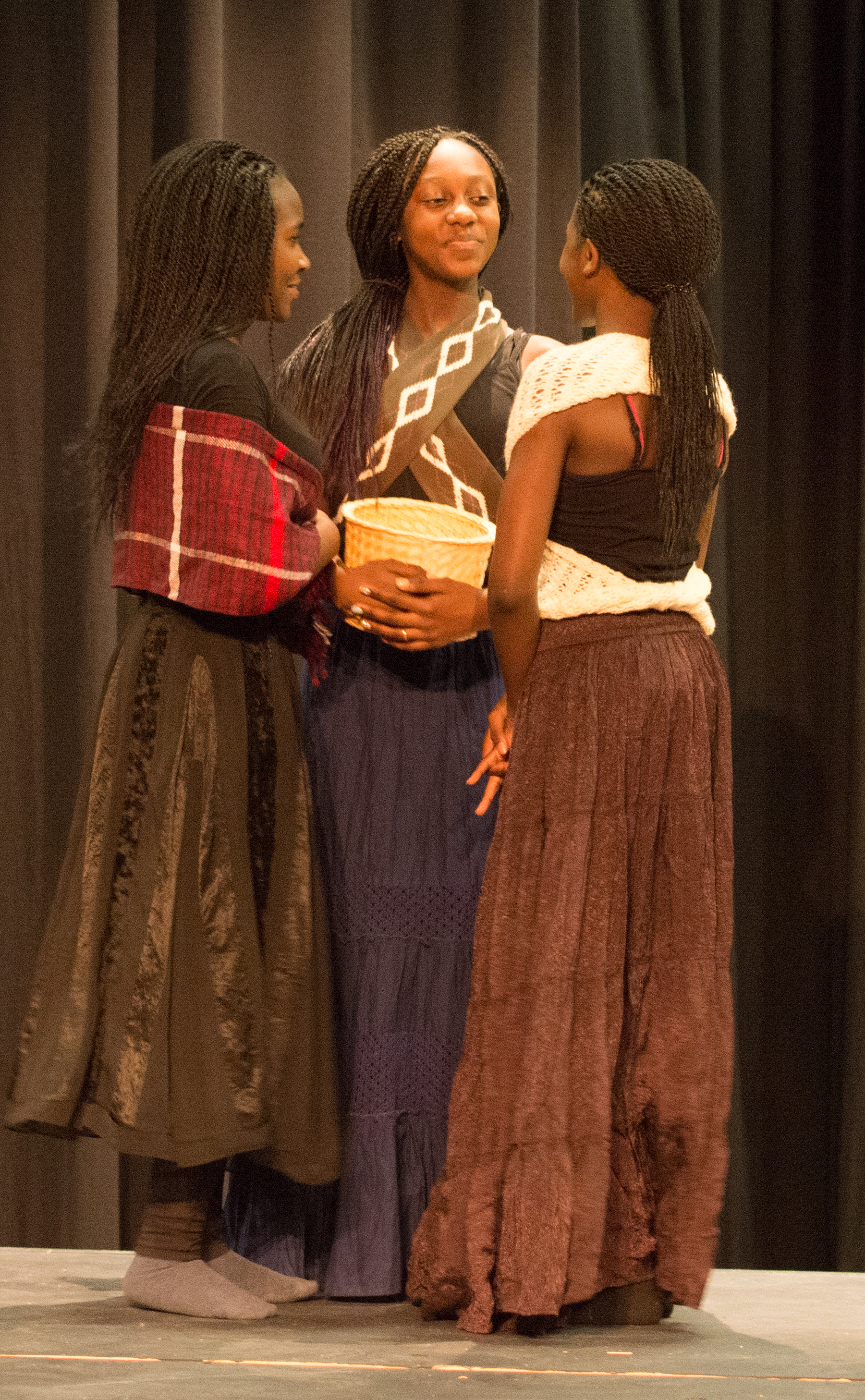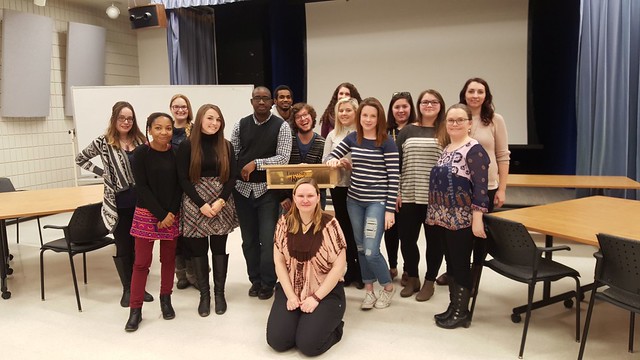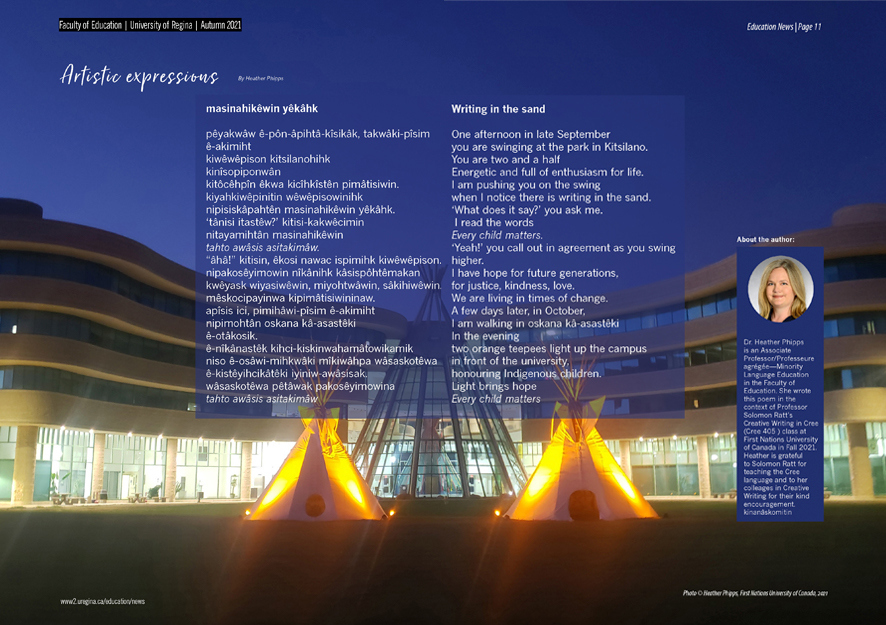
Category: Artwork/Performances/Exhibits

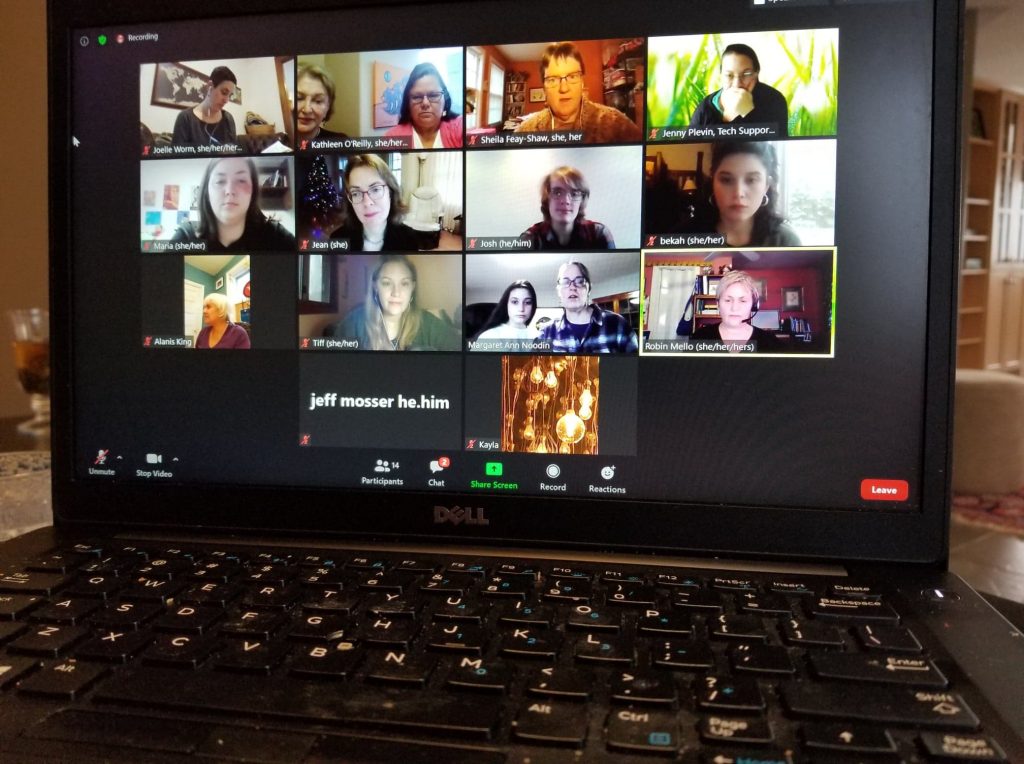
Sharing Wisconsin Sky, A Cross-Cultural and Cross-Universities Play Reading
This story started with an invitation to do a play reading from my sister and playwright Alanis King, who had been invited by the University of Wisconsin (UWM) to write the script titled Sharing Wisconsin Sky.
The reading was part of a Greater Milwaukee Foundation Grant-supported collaboration between Peck School of the Arts, UWM Planetarium/Physics, and UWM’s Indigenous Language areas, including American Indian Studies and the Electa Quinney Institute. The project team was led by UWM faculty Robin Mello, Jean Creighton, Margaret Noodin, and Joelle Worm.
After a postponement due to the pandemic, the project began in late fall and the students were tasked with a writing assignment: to think of their experiences of the sky, the stars, and their relationship with the planet we are all living upon. Alanis was given the students’ writing contributions, which she then artfully wove together with her own written pieces and scenes that connected the stories together from the Anishnaabe worldview of our relationship to the cosmos.
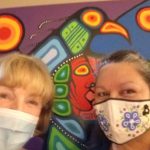
Given the number of characters and Indigenous songs, I was invited by Alanis to take part as a reader. I in turn offered an invitation to the First Nations University’s Dr. Kathleen O’Reilly, who has a penchant for theatre. Both of us were thrilled to kick off our international acting debuts!
I was given the starring role of Giizhigokwe – Sky Woman (no pun intended) and to be a Beneshiisuk Singer of two Anishnaabe songs. Kathleen was invited to read the role of Eclipse.
The 11 readers, comprised of UWM’s project team, students, and guest readers, Kathleen and I, presented on Zoom on December 19, 2020. The reading took about 2 hours with sound checks and introductions. After the play, Alanis thanked everyone and remarked that, “The opportunity to hear the voices of the characters and their stories lifted from the page and brought to life by the talented cast is an excellent way as a playwright to envision possibilities for a future script workshop and eventual production.”
I really cherished learning another Anishnaabe word song and it reminded me of my love for music: Bin bin bindigen Gchimiigwech gaabiizhaayan translates to mean ”come in, thank you for being here.” This whole experience that included many Anishnaabe songs and our language lifted my spirit.
Likewise, Kathleen says, “It was a wonderful experience acting and working with so many talented people. The play is beautifully written and merges Indigenous and non-Indigenous voices through spoken word and song. Reflecting on people’s memories and experiences of the sun, moon and stars, it is a reminder that no matter who we are, or where we are from, we all have looked to the skies with wonder and awe.”
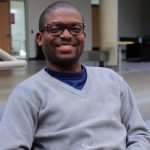
This reading was a learning opportunity for us towards our future research collaboration between the University of Regina and First Nations University, a research project involving diverse storytelling on depictions of racism whereby we will be creating artistic vignettes on race issues. This research project is inspired by, and will be directed by, our new colleague and collaborator Dr. Taiwo Afolabi, a MAP faculty member at the University of Regina.
The play reading was one of our last community engagement initiatives of 2020 and was well worth the effort and time as well as an opportunity to help out where script readers were needed. To our good fortune we have been invited to a second reading in person on the real stage under the Wisconsin sky at the nearby Electa Quinney Institute, the Potawatami community school’s amphitheater.
If all our stars align, there will be more to come!
by. Dr. Anna-Leah King
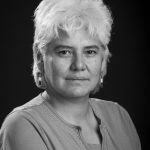
Alanis King is an Ottawa-based Odawa artist originally from the Wikwemikong Unceded Indian Reserve. Her other playwriting credits include Bury, Morning Becomes Electa, Kawabin Elvis, Born Buffalo, Teacher, Kohkum’s Good Medicine Journey, Treaty Daze, Bye Bye Beneshe, Song of Hiawatha: An Anishnaabec Adaption, Order of Good Cheer, Gegwah, Lovechild, The Artshow, Heartdwellers, The Manitoulin Incident, Tommy Prince Story, and If Jesus Met Nanabush. Her published works include 3 Plays by Fifth House Publishers and coming soon The Manitoulin Incident written in three languages. She is the first Aboriginal woman to graduate from the National Theatre School of Canada.
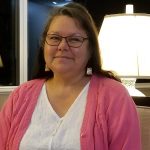
Anna-Leah King (PhD) is an Associate Professor of Indigenous Education, Educational Core Studies and Language and Literacy Education and serves as the Chair of Indigenization at the University of Regina. King is originally from the Wikwemikong Unceded Indian Reserve.
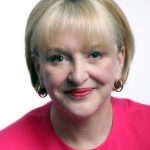
Kathleen O’Reilly (PhD) is the Graduate Program Coordinator and Associate Professor Indigenous Education at First Nations University of Canada in Regina, Saskatchewan.
Conversations about Roads to ReconciliACTION
On March 26, Education students from Audrey Aamodt’s Treaties in the Classroom (ECCU 400) section overcame their own discomfort to engage in conversations with peers and profs in the hallways at the University of Regina about the many ways of taking action towards reconciliation. Aamodt says, “Students decided to host these conversations in the halls of the University to remind themselves/us that they not only belong, and have a responsibility, to the more intimate Faculty of Education, but are also part of this larger learning community and beyond.”
Bert Fox High School students and their teacher Sheena Koops, as regular facilitators of the Blanket Exercise, travelled from Fort Qu’Appelle to join the conversations, to raise awareness about the Blanket Exercise, which is an activity in which “participants take on the roles of Indigenous peoples in Canada. Standing on blankets that represent the land, they walk through pre-contact, treaty-making, colonization and resistance ” (Source).
SUNTEP students and their instructors Brenna Pacholko and Russell Fayant visited the stations, and offered, in instructor Aamodt’s words, “critical and courageous conversations with students and myself.” Aamodt adds, “We extend gratitude for their generosity, wisdom, and patience with us.”
Regarding what the students learned, Aamodt says, “I think the most important overall learning that could potentially come out of this experience for us was that listening to and reflecting on critiques takes practice and is necessary. Treaty Education, along with potentially associated reconciliation, decolonization, indigenization, and social justice efforts should always be submitted to critical reflection and none are without tension. So, we ask who benefited from this event and if it was truly ‘action.’ Perhaps it didn’t amount to anything of significance, except to make us feel good. Then, we reminded one another about Pam Palmater’s claim that “if it feels good, it’s not reconciliation.”
As for her own learning, Aamodt adds, ” I have learned how I might better invite students to consider who might be the right people to talk about particular issues, some of the problems with being perceived as positioning ourselves (settler-Canadians) as experts about MMIW, residential school legacies & intergenerational trauma, FNMI identities-histories-cultures-communities, FNMI languages, reconciliation, decolonization, indigenization, and even treaties.”
Below are student comments about what they were doing, and what they thought about its importance.
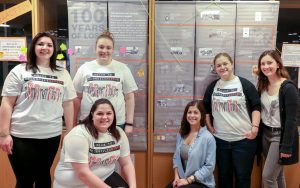
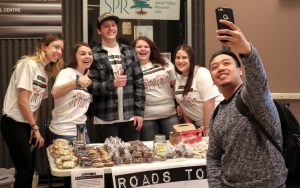
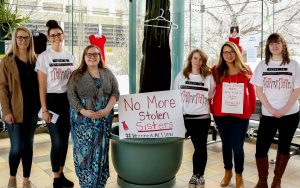
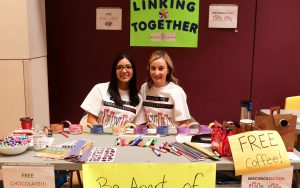
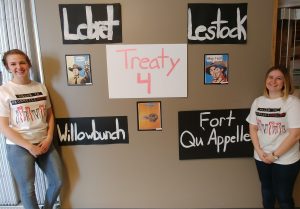
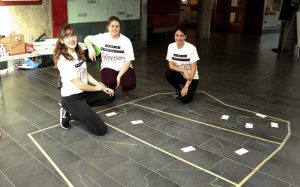
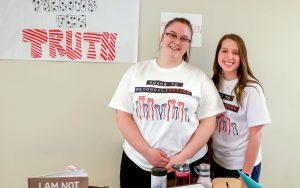
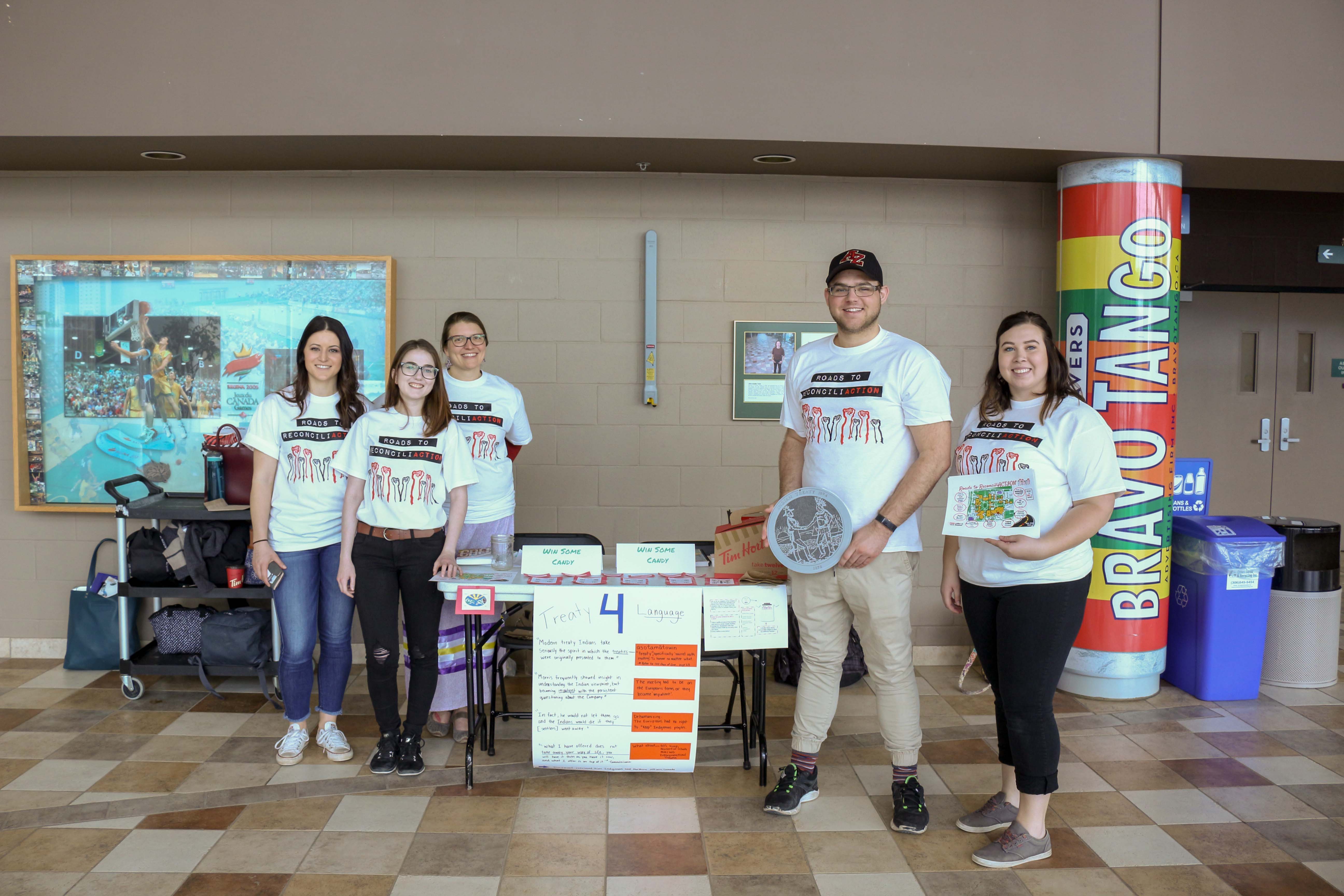
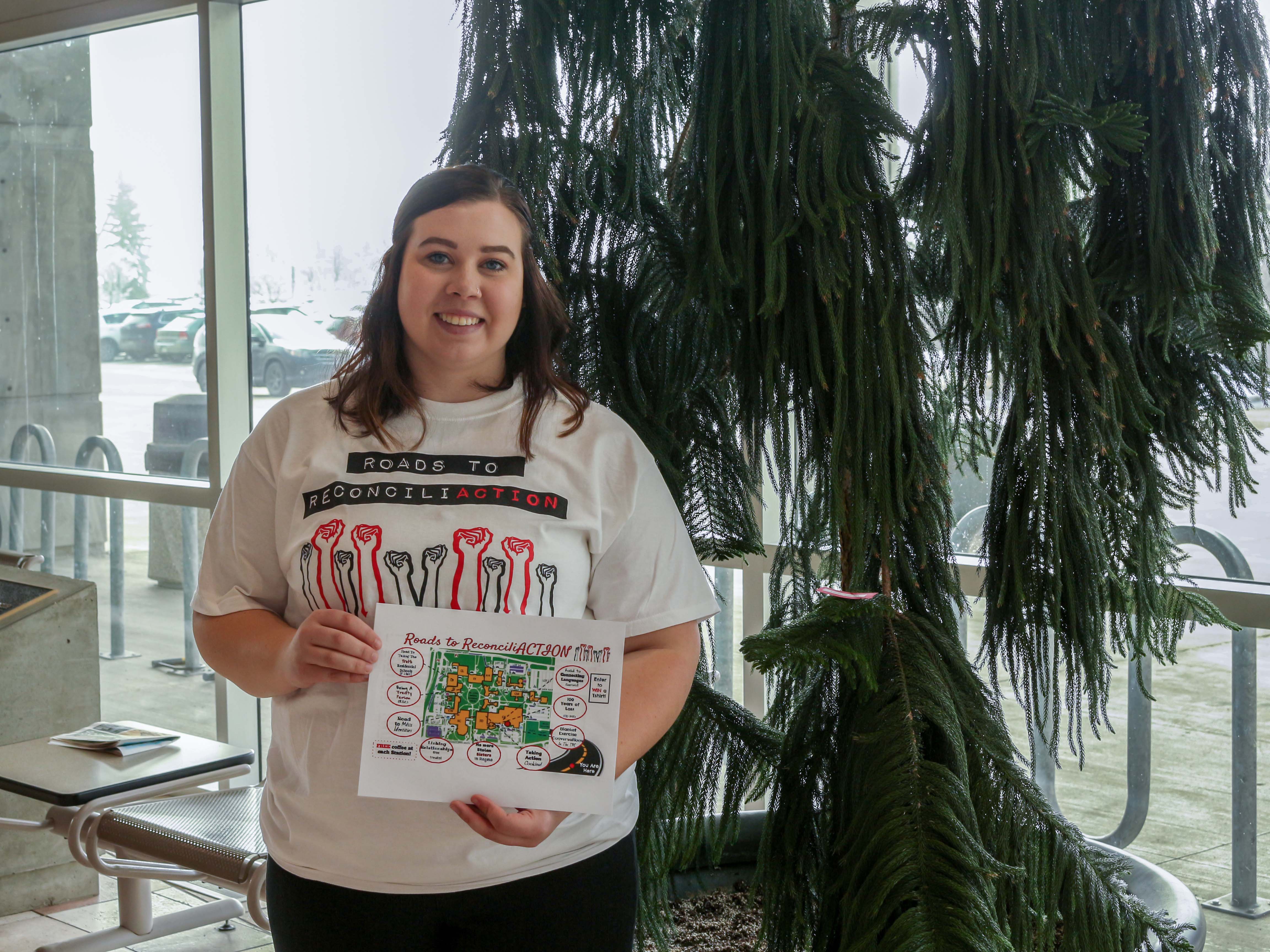

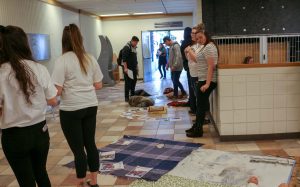
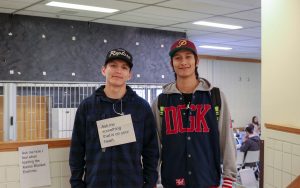
Globe Theatre artists and playwright perform and discuss Us for Arts Ed students
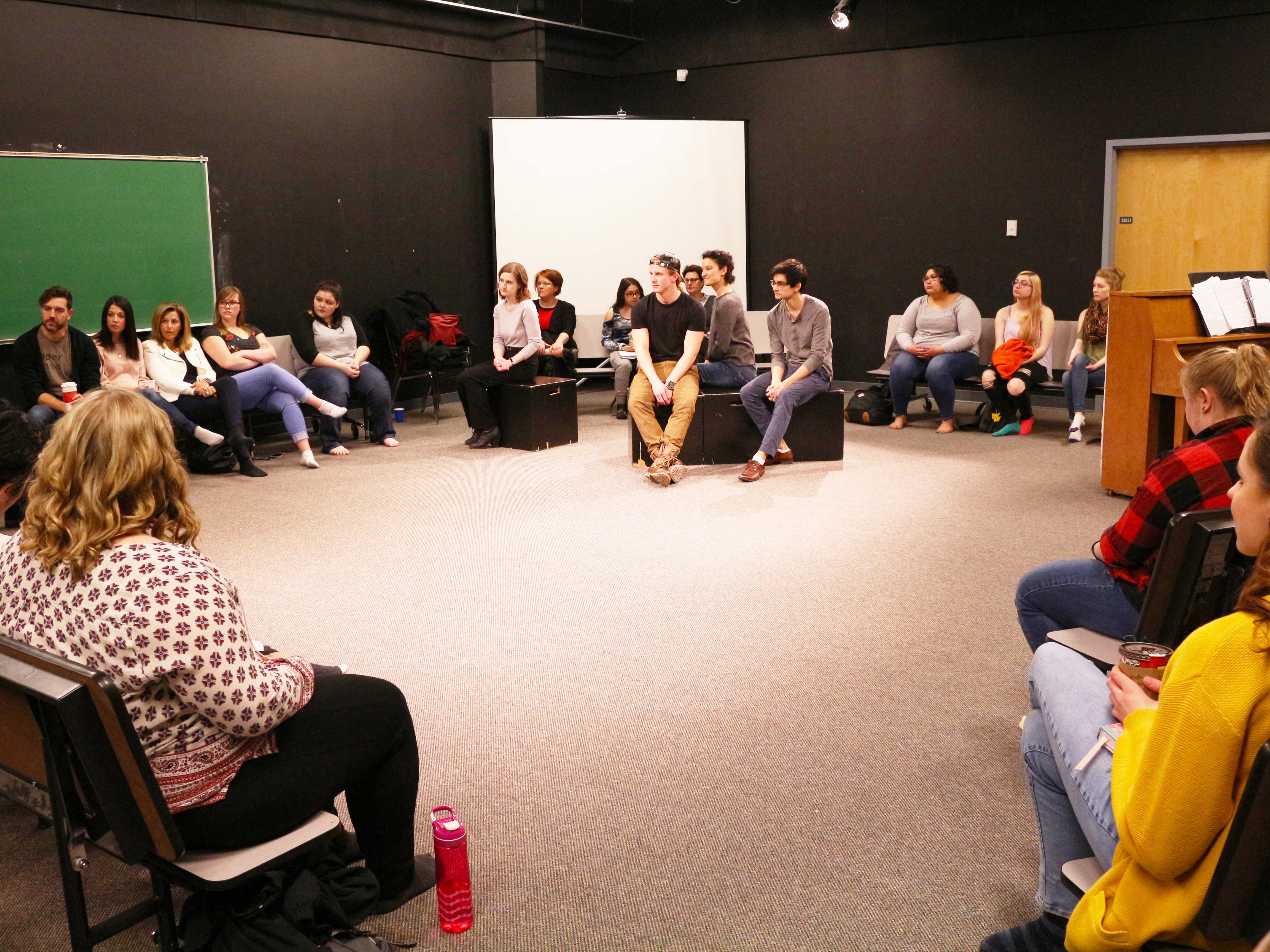
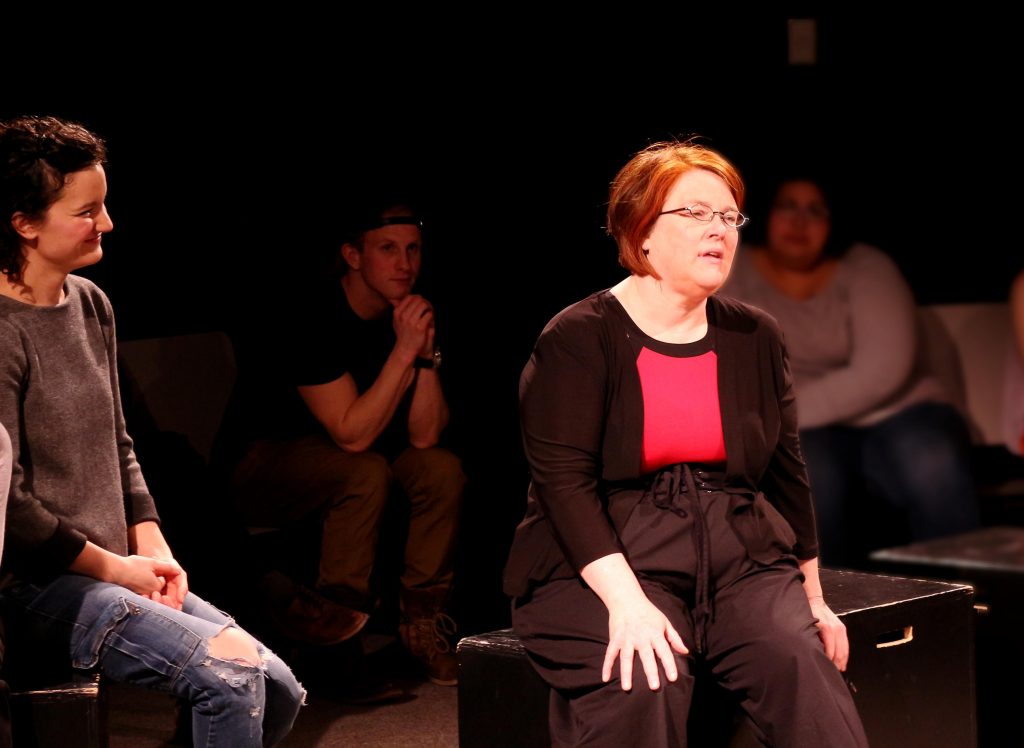
On Friday, March 2, a make-shift Theatre in the Round in the Faculty of Education drama room set the stage for Globe Theatre Actors Daniel Fong, Angela Kemp, David Light, and Kaitlyn Semple as well as Craig Salkeld, the Performance Pianist, to perform two short excerpts from Us, which is currently being performed at the Globe Theatre Main Stage.
“Us is a heartwarming, brand new musical that explores what happens when LGBTQ+ youth come together in a group of peers at a summer camp. Created by award-winning playwright and radio producer Kelley Jo Burke and internationally renowned singer-songwriter-pianist Jeffery Straker, Us is an uplifting play about “coming in”—finding acceptance within yourself and in your community.” (Globe Theatre)
Arts Ed students were privileged to be part of this up-close performance and discussion as part of their PLACE experience. Playwright and alumna Kelley Jo Burke talked about her experience at Camp fYrefly, where she listened to LGBTQ+ youth and counsellors talk about their experiences of coming together at summer camp, the research she drew on in writing the script for this fictional play. Other members of the creative team, such as Director and Musical Director Valerie Ann Pearson and Set and Costume Designer Wes D. Pearce, discussed the thought behind their areas of development for the musical.
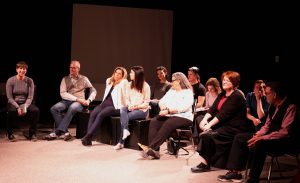
A panel presentation followed the performance moderated by Dr. Kathryn Ricketts. Panel participants discussed the importance of the play (and summer camp) for youth who have identified as LGBTQ+, who are needing to find an Us to which they belong, and addressed current issues around diversity and inclusion.
Faculty member co-directs play
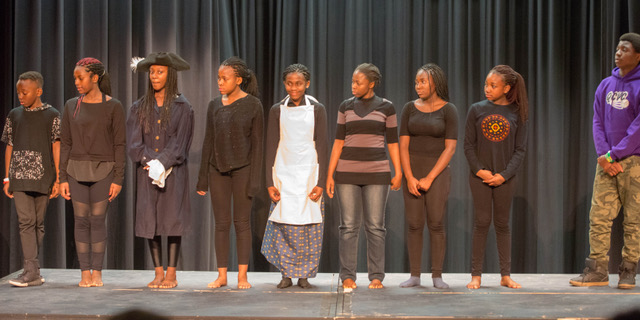
The play Once a Flame by Beau Dixon, was produced by the Saskatchewan African-Canadian Heritage Museum (SACHM) and the African-Canadian Resource Network (ACRN) as part of the Canada 150 Celebrations, in order to ensure that the history of Black African-Canadians were included in the discussion. Once a Flame follows the 1734 trial of the slave Marie-Josèphe Angélique, who was accused of burning down 1/3 of Montreal. The play was also produced in order to give youth involved with the SACHM and ACRN an opportunity to perform and learn about theatre and history. Alumnus Dr. Thomas Jing, Teacher Julius Sendze, and the Faculty of Education’s Assistant Professor Dr. Sara Schroeter co-directed the play.
Listening Lab Loft Event
The 4th Loft Event of the Listening Lab!
October 8, 7 PM – Whenever
#302 – 1255 Broad St
Paul Henrik Borup-Jørgensen – Poetry Reader
Natasha Urkow and Traci Foster – Poetry Reader
Scott Anthony – Singer/Songwriter
Kelly Jo Burke – Playwright/Performer
Terry Sefton – Cellist
Kathryn Ricketts – Dancer
Gale Russell – Pipes
Paxton Ricketts and Madoka Kariya – Exhibition
Bring a beverage – Snacks are provided
Please RSVP to rickettk@uregina.ca as space is limited
The stories of Windsor through carto elicitation exhibit
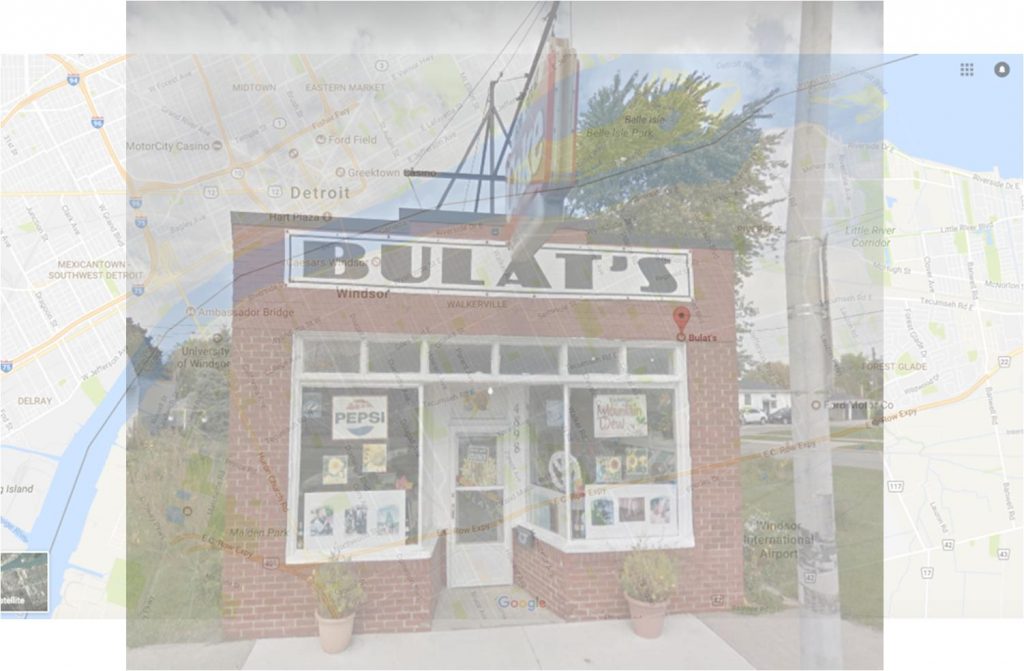 The stories of Windsor through carto elicitation exhibit
The stories of Windsor through carto elicitation exhibit
Terry Sefton and Kathryn Ricketts
October 21, 2017 – January 28, 2018
The Art Gallery of Windsor
This project investigates experimental spaces with dance/music/story/place.
Terry Sefton from Windsor (cellist) and Kathryn Ricketts from Regina (dancer) have been experimenting through residencies in the Listening Lab at the University of Regina with a term we are calling “carto-elicitation.”
We propose these stories are underpinned by specificity of place and plan to extend the artefact provocation of Anthropology of the Discard with cartographic elicitations to test if this is true.
We will request that the participants of this exhibition target a place that holds a potent memory, perhaps the first time or the last time something happened. Maps are provided in the gallery space where brief poetics are combined with cartographic identifiers. This is combined with an online mapping which captures the mapped and verbal stories and this collective map is projected with sound files of the stories running throughout the visiting hours of the exhibition. This virtual addition to the exhibition will be facilitated by an app that can be easily accessed on or off site.
Finally, Kathryn and Terry will perform the Windsor Stories live with live cello and dance/theatre improvisations based on the improvisations systems they have defined throughout their residencies together. This work together will be an unfolding narrative of the stories that linger in the place of Windsor.
This work is part of an upcoming exhibition at the Windsor Art Gallery titled Downtown/s Urban Renewal: Today for Tomorrow, the 2017Art Gallery of Windsor’s Triennial of Contemporary Art.
The exhibit runs form October 21, 2017 – January 28, 2018 and will accumulate public stories of Windsor through video and performances over this period.
For more information please contact
Kathryn Ricketts at 604-788-4022 or rickettk@uregina.ca
Bios:
Terry Sefton began playing professionally with the Regina Symphony while still in her teens, and worked with the BBC Welsh Orchestra, the Canadian Opera Company, and Orchestra London Canada for over 30 years. She has performed as a chamber musician in Canada, the US, Britain, and France. Over many years, she has worked with contemporary composers, developing and performing new works, at a number of new music venues including Concerts de Musique Contemporaine in Montreal, the Music Gallery in Toronto, and Aeolian Hall and Museum London in London, Ontario, and the Listening Lab in Regina, Saskatchewan. Terry most recently commissioned new works by composers Martin Kutnowski (St. Thomas University, 2016) and Bentley Jarvis (Ontario College of Art and Design University, 2015), and developed improvised performances of carto-elicitation with Kathryn Ricketts (University of Regina, 2016; University of Windsor, 2017). Terry Sefton holds a Bachelor of Music in Performance from McGill University, a Master of Education from University of Western Ontario, and a PhD from University of Toronto. Dr. Sefton is Associate Professor at the University of Windsor.
Kathryn Ricketts has been working for the past 35 years in the field of movement, theatre and visual arts, presenting throughout Europe, South America, Africa and Canada. Her work in schools, galleries and community centers focuses on social /political issues with movement, theatre, creative writing and visual art as the languages. Her Doctoral research furthered this into areas of literacy, embodiment and cultural studies with a method she has coined Embodied Poetic Narrative. She is an Assistant Professor in the Faculty of Education in the University of Regina as the chair of the Dance area. She runs The Listening Lab, a visual and performing arts ‘incubator’ and presents exhibitions and performances in her loft in the John Deere Tractor Building.
Theory and Method Seminar | Jennifer Mascall
Student Artwork Commemorates Arts Education Program
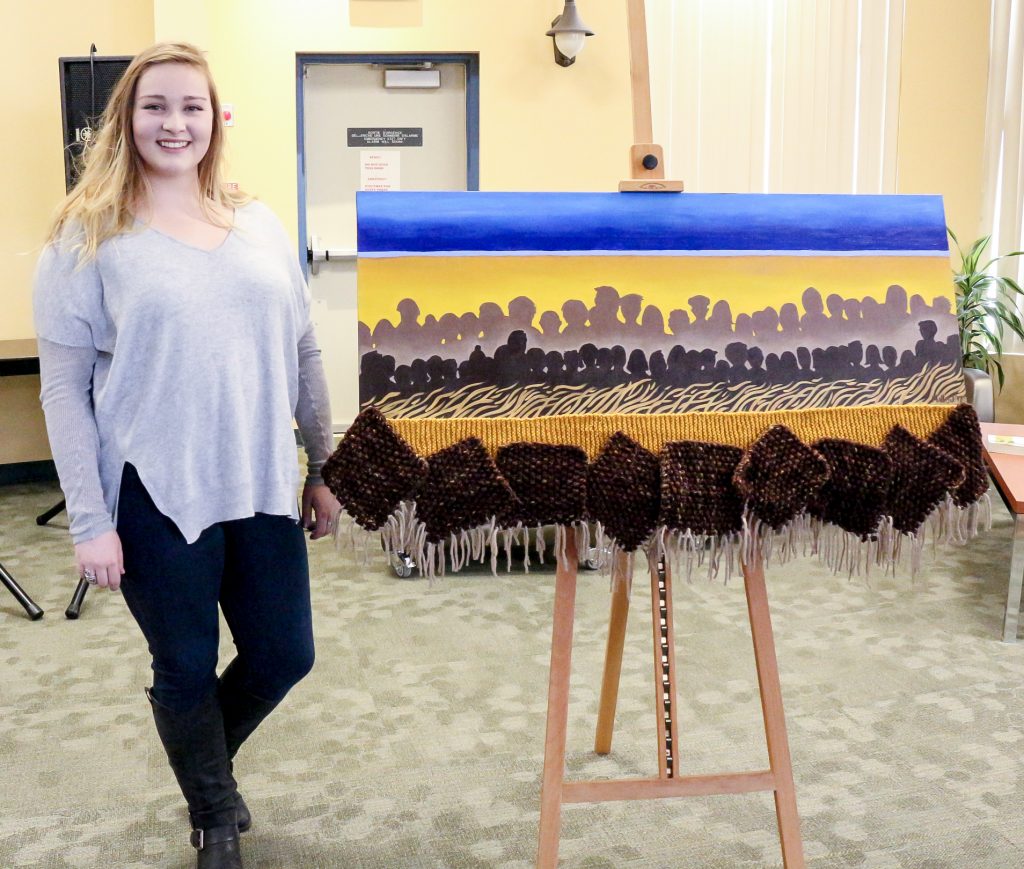
Artist and second-year Arts Education student, Molly Johnson, was commissioned to produce the commemorative piece that will be installed in the Faculty of Education to celebrate the Arts Education program’s 34 successful years in the Faculty of Education and the Fall 2016 introduction of the new Arts Ed program.
Visual Education Chair, Dr. Valerie Triggs says, “The Faculty of Education decided to invite proposals for a work of commemorative art to celebrate the years that the Arts Education program has been in the Faculty and also the transition to the new program. We received many excellent proposals. The selection committee decided to award the commission for this commemorative work of art to Molly Johnson.”
The Faculty also approached the MAP (Media, Arts, and Performance) Faculty, requesting an artist-mentor to work alongside Molly. Dr. Triggs says, “We had the privilege of connecting with a graduate student from MAP, Jennifer Shelly Keturakis.”
On her role as mentor, Jennifer says it was an honour to work with Molly; she is “self-directed, motivated, intelligent and articulate…I had one set of expectations of what my input would be because I made some assumptions based on her being a second year [student], based on my own experience as a second year, but I quickly had to pick a different role.”
Molly’s artwork was exhibited and celebrated on March 7, 2017 at the Student Success Celebration.
To hear Molly’s explanation of her work, view the following video:
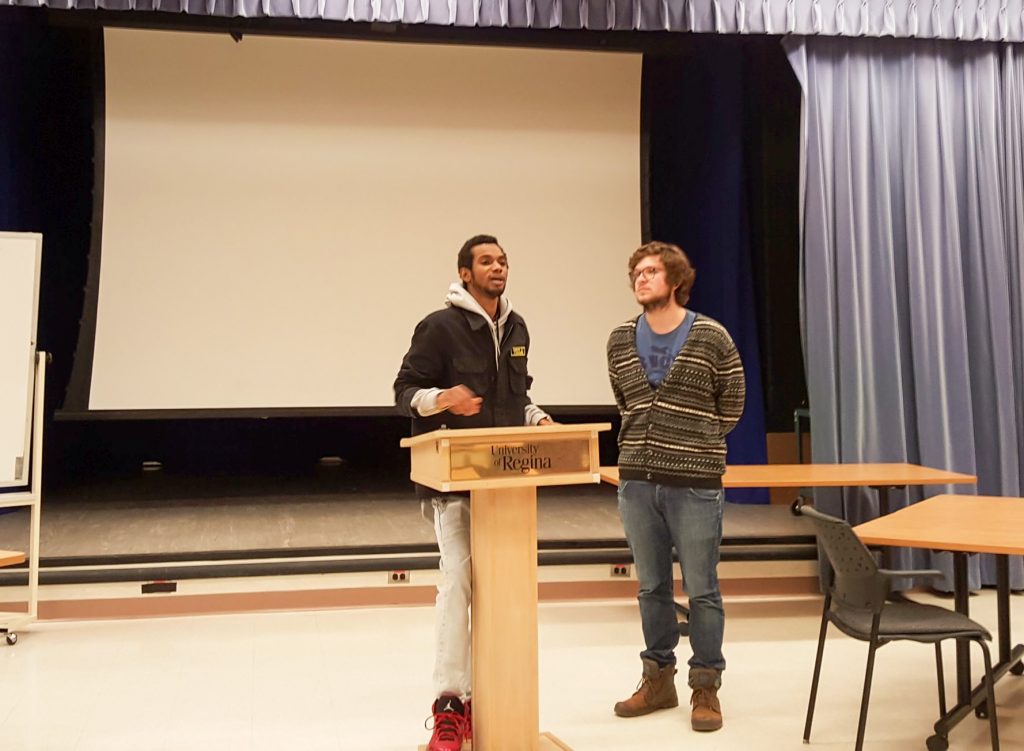
Bac Students Enjoy French Poetry Night
Les étudiants du programme du Bac (DLNG 315) ont organisé et participé à une Soirée de Poésie le 7 décembre, 2016 à La Cite Universitaire Francophone. Chaque étudiant ou étudiante a lu un poème ou un texte en français devant les spectateurs. La salle était remplie d’émotion et de joie lorsqu’on a pris le temps de partager et d’apprécier la beauté des mots et la richesse de la poésie.
Third year students in the French Bac Programme (DLNG 315) organised and participated in a Soirée de Poésie (poetry night) as a part of their language and literacy course in elementary teaching. The event took place on December 7th, 2016 at La Cité Universitaire Francophone. Each student selected or composed a poem to read and perform during the event. The room filled with emotion and joy as we listened and shared the beauty and richness of words and poetry en français.
To see gallery, slide cursor over the first photo and click on the arrow to go to the next photo.
Submitted by Heather Phipps
